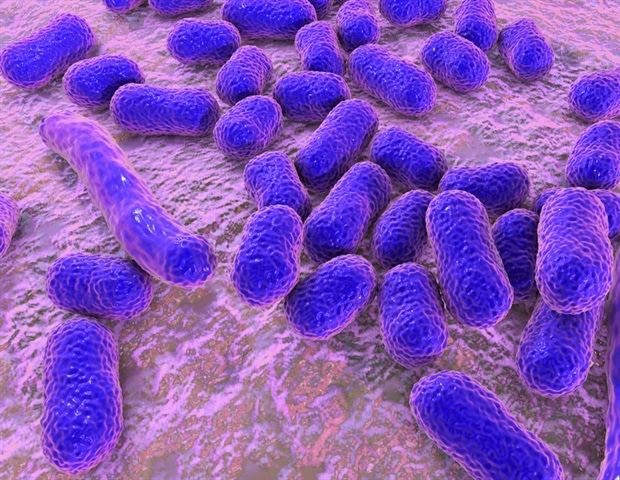Engineered particles of purified sand could be the next anti-obesity therapy as new research from the University of South Australia shows that porous silica can prevent fats and carbohydrates from being adsorbed in the body.
The engineered silica particles are made from purified sand and are optimally designed with a high surface area that enables them to soak up large amounts of digestive enzymes, fats, and sugars within the gastrointestinal tract.
Funded by the Channel 7 Children’s Research Foundation, the study is the first to validate how porous silica particles can impede digestive processes and stop fat and sugar adsorption.
Developed in partnership with Glantreo Limited, the new silica-based therapy will be gentler on the stomach with fewer of the unpleasant side effects associated with the mainstream anti-obesity drug, Orlistat.
Lead researcher, UniSA’s Dr Paul Joyce says this breakthrough finding could change the health outcomes for billions of people struggling with obesity.
Obesity is a global issue that affects more than 1.9 billion people worldwide.
Despite this, there is a current lack of effective therapies that are free from adverse effects – such as diarrhoea, bloating and abdominal pain – which often deters people from starting a treatment.
Porous silica has received increasing attention for its anti-obesity potential, with human trials showing it is a safe therapy. However, exactly how it works has eluded researchers – until now.
Our research shows how porous silica promotes an anti-obesity effect by functioning locally in the gut to restrict fat and carbohydrate digestion and absorption.
Importantly, the gentle mechanism is expected to deliver clinically effective outcomes for weight loss, without adverse effects.”
Dr Paul Joyce, Lead Researcher, UniSA
Obesity is a risk factor for many diseases and chronic conditions such as cardiovascular disease, Type II Diabetes, and cancer, and is associated with higher rates of death. In Australia, two thirds of adults, and one in four children are considered overweight or obese.
The in-vitro study examined multiple silica samples under simulated conditions that mimicked the gastrointestinal environment during the digestion of a high-fat, high-carbohydrate meal.
It found that porous silica particles with pore widths between 6–10 nm are ideal for triggering an inhibitory response to both fats and sugars.
“This research has identified defined parameters for porous silica to enact anti-obesity effects,” Dr Joyce says.
“The next steps are to validate these findings with animal models of obesity so that we can determine any variations for optimal anti-obesity conditions.
“Obesity is a completely preventable disease. This is a massive step to tackle one of the world’s most prevent health conditions.”
Source:
University of South Australia
Journal reference:
Chen, J.Y., et al. (2022) The Anti-Obesity Effect of Porous Silica Is Dependent on Pore Nanostructure, Particle Size, and Surface Chemistry in an In Vitro Digestion Model. Pharmaceutics. doi.org/10.3390/pharmaceutics14091813.






